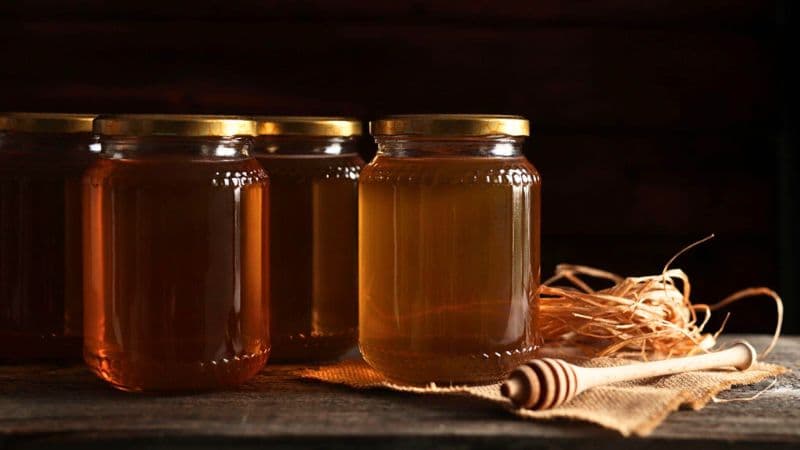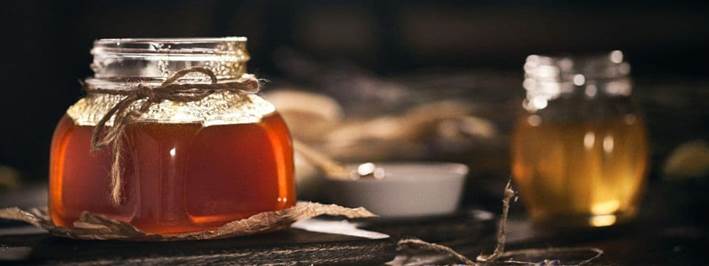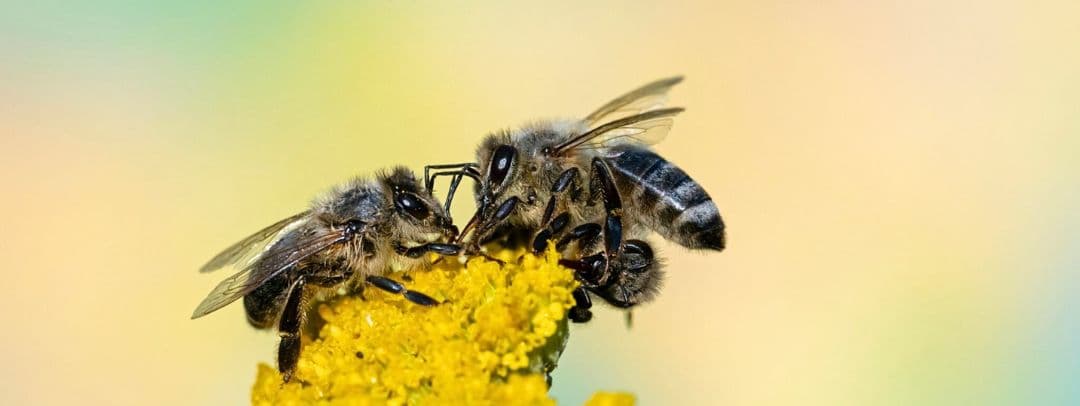Today we can find a multitude of different varieties of honey, rich in vitamins and minerals. But do you know how they are classified?
Below we show you the different ways in which this delicious natural sweetener is classified, taking into account areas such as its origin, the form of presentation or the intended recipient.
According to the origin of honey
Depending on its origin, we can find different varieties of honey:
Honey of flowers
It is that produced by bees from nectar from flowers. We can find different varieties:
- Uniflorals or monoflorals: Honeys in which the nectar of a single flower predominates. Among the most common monofloral honeys we find orange blossom, acacia or eucalyptus.
- Multifloral or polyfloral: Honeys whose nectar comes from different flowers. The color of these honeys varies depending on the different varieties of flowers from which its nectar comes, as well as the proportion of each one of them.

Honeydew
Honeydew or forest honey is that variety of honey produced by bees from the sugary solutions of trees. In this way, it cannot be considered a honey, since it does not come from the nectar of flowers.
The truth is that honeydew has a very intense flavor and a dark hue. It is obtained mainly in late summer or early autumn, that is, when most of the flowers have already bloomed.
According to the origin of the harvest
Depending on the origin, we can find different options when buying:
- Drained: That honey obtained from the drained of the combs. Uncapped combs without larvae are used for this.
- Pressed: obtained from the compression of the combs. For this, sometimes the application of heat is carried out, which can be equal to or less than 45ºC. As in the previous case, the combs lack larvae.
- Centrifuged: that honey obtained from the centrifugation of combs, previously uncapped and without larvae.

According to its presentation
Taking into account the way it is presented, we can find different varieties:
- Liquid: Honey or honeydew that is in a liquid state. It is the most common of all and therefore the easiest to find.
- Honeycomb: This is honey that is marketed in the form of a honeycomb, either whole or in sections. This product is consumed as it is produced. This means that the honeycomb is not treated at any time, so the final product is not filtered or processed. In no case will it contain larvae.
- With pieces of honeycomb: This type of honey is characterized by combining honey in the liquid state with pieces of honeycomb in the container. It is a very special and natural product.
- Crystallized: It is the one that has undergone a solidification process. This can be due to different factors, such as temperature or humidity.
- Creamy: It is the variety of honey that has a creamy texture and is easy to spread.

According to the way of production
Depending on how it is produced, we can find two varieties:
- Conventional: it is obtained by following the traditional methods of obtaining and producing honey.
- Organic: it is the variety that meets the different organic certification requirements. This is true both in terms of production and its way of processing. This certification must be granted by companies or bodies accredited for it.
According to your destiny
- For direct consumption: Intended for the final consumer. It is taken into account that all the characteristics of honey, such as its aroma or flavor, are suitable for direct consumption.
- For industry: That variety whose characteristics do not meet the necessary requirements to be acceptable to the final consumer’s palate. In those cases, it is used in the production of other products.
You may also be interested in:



